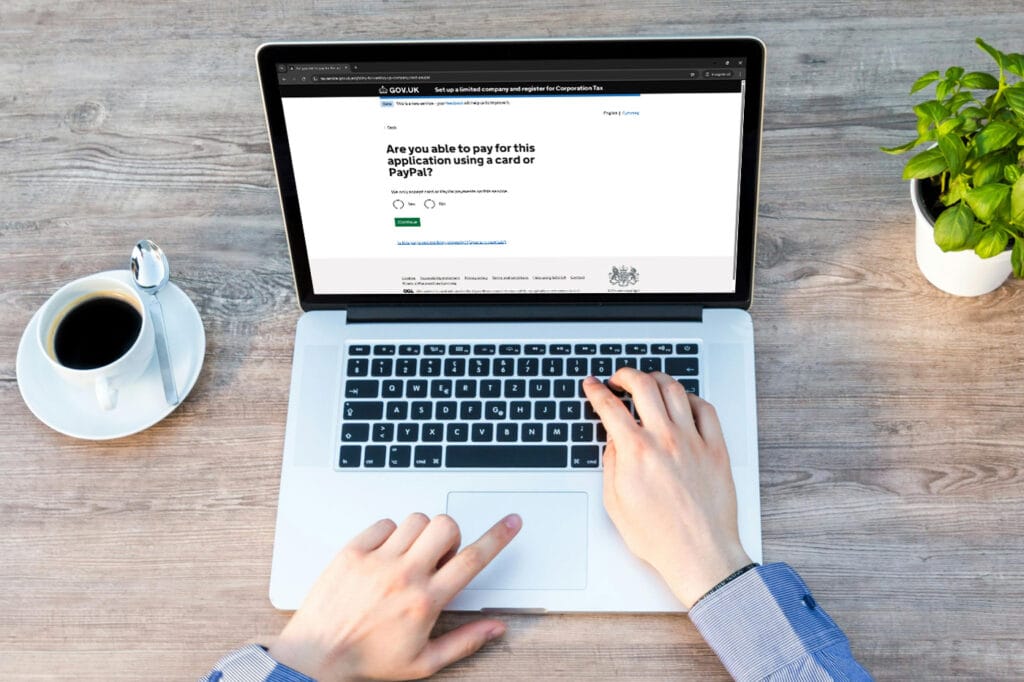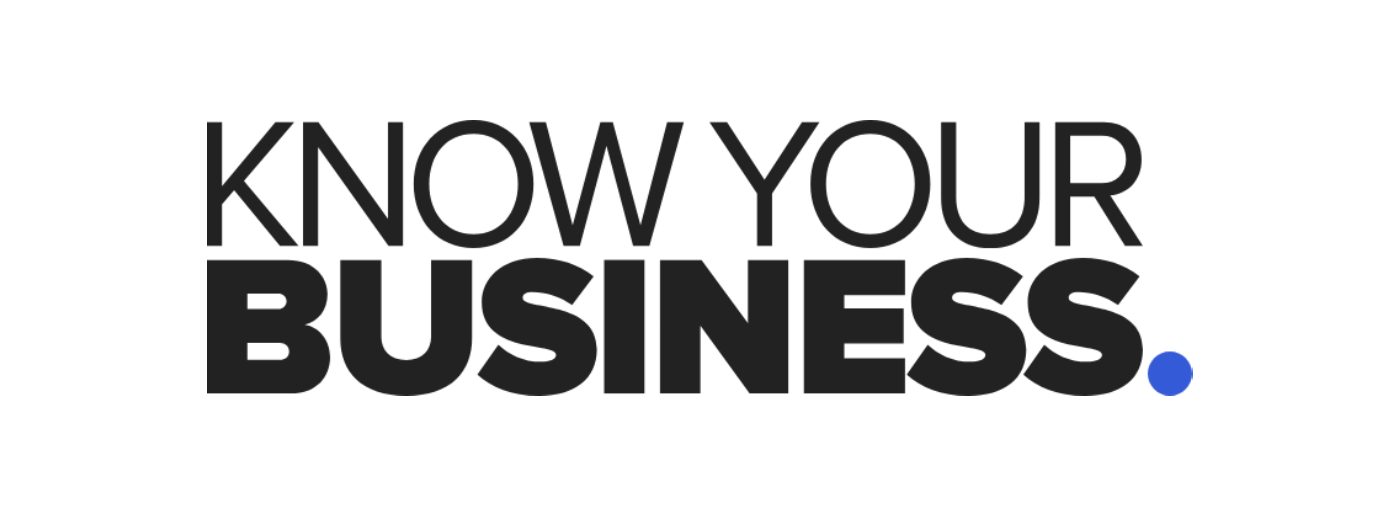Business Banking
Get clear, no-nonsense insights into business bank accounts, features, fees and more. From choosing the right account for your business to making your money work harder, we cover the essentials and bring you tips, recommendations and transparency to help you make informed decisions.
Compare Business Bank AccountsCompare Business Savings Accounts
Types of Business Bank Account Available
- Freelancer Bank Accounts
- Startup Business Bank Accounts
- Free Business Bank Accounts
- Joint Business Bank Accounts
- Business Bank Accounts With Overdraft
- Online Business Bank Accounts
- Sole Trader Business Accounts
- Multi Director Business Accounts
- No Credit Check Bank Accounts
- Switcher Business Accounts
- Small Business Bank Accounts
- Best Business Bank Accounts
- Bad Credit Business Accounts
- Corporate Business Bank Accounts
- Self Employed Business Accounts
- International Business Accounts
- Multi Currency Business Accounts
How To Choose A Business Bank Account
Choosing a business bank account is a key move that affects everything from how smoothly your payments run to how well you manage your cash flow.
Whether you’re just getting started as a sole trader or already juggling payroll and invoices, you’ll want something that supports your business banking needs with enhanced features and lower costs.
- Get clear on what your business needs by reviewing your size, most used banking services and future plans. If you’re just starting out, you might want a low-cost option with good introductory deals while established businesses might need a wider range of services.
- Uncover the fees, from monthly account fees after an introductory period ends to transaction charges, fees are part of the structure of business accounts. Fees are how providers compete for your business and there is a great range to compare.
- Check out the digital services, mobile apps and online banking platforms have made a huge difference to business banking, particularly when they integrate with accounting software.
- Think about how much support you’ll need from customer service. Some businesses require minimal help, while others need branch access.
- Don’t forget the extras such as overdraft facilities, cashback on bills, interest rates on positive balances, or even travel insurance. Other perks can be access to loans or savings interest rates reserved for new customers.
- Pay attention to transaction limits as these are a key feature for business accounts. Transactions fees based on the volume that pass through the account within a timeframe. Exceeding limits can be costly so find the most cost effective partner for your transaction profile.
Opening A Business Account
To open a business bank account in the UK, you’ll need to provide documentation and information about your business.
Requirements vary between providers, but generally you can expect to need:
Personal Identification Documents & Information:
- A valid photo ID (such as passport or driving licence)
- Prof of address (recent utility bills, bank statements or council tax)
- Personal contact details including, phone number and a three-year address history
Business Information:
- Business name and registered address
- Companies House registration number (for limited companies)
- Annual turnover
- Your type of business
- Documents verifying your business (bank statements, utility bills or HMRC correspondence)
Extra Requirements Based On Your Business Type:
For sole traders:
- Evidence that you’re a UK resident
- Documents showing your trading name and address
For limited companies:
- Information on all directors
- Details of anyone who owns or controls 25% or more of the business
- Up-to-date Companies House records
For partnerships:
- Information on all partners
- Any partnership agreement documents
Business Bank Account Features & Benefits
Today’s business bank accounts deliver far more than just a place to park your money. They come packed with specialised tools and services designed specifically for business needs. Expect to find:
Key Digital Banking Features
- Real-time tracking of balances and transactions
- Mobile apps for on the move banking
- Access to multiple years of past statements
- Advance payment scheduling
- Options for multiple users with customised access
Business Support Services
- Access to specialists and relationship managers
- Industry specific expertise and guidance.
- Opportunities to network events and business workshops
- Training courses and webinars to boost business skills
- Customer service dedicated to business clients
Additional Benefits
- Business overdraft options for financial flexibility
- Business debit and credit cards, often with rewards
- Savings account options where surplus funds can earn interest
- Integration with various business finance solutions
- Enhanced security features and fraud monitoring
Financial Management Tools
- Integration with accounting platforms
- Built-in invoicing tools
- Receipt capture for expense tracking
- Spending categorisation reports
- Tax calculation and reporting capabilities
Payment Solutions
- Higher transaction limits
- International payment capabilities in multiple currency
- Tools to accept card payments and issue payment links
- Bulk payment processing
- CHAPS, BACS and Faster Payment options
How To Switch Business Accounts
Changing your business bank account has become surprisingly simple thanks to the Current Account Switch Service (CASS). This arrangement between more than 50 UK banks and building societies turns what used to be a complex process into something quite straightforward for eligible businesses.
Your business can use this service if:
- You have fewer than 50 employees
- Your annual turnover doesn’t exceed £6.5 million
The switching process follows these simple steps:
- Find your new business account – Compare the fees, features, and benefits to find one that suits your business requirements.
- Check they are a member of the CASS scheme – to ensure the switch scheme is available to you.
- Open your new business account – Complete the application and once approved receive banking details.
- Ask for the switch – Tell your new bank you want to switch through CASS
- Pick your switch date – Choose when you’d like the switch to happen (allow at least 7 working days)
- Authorise the switch – Sign the Current Account Switch Agreement and Account Closure Instruction
- Your new bank does the heavy lifting – They’ll automatically transfer all your regular payments, standing orders, and Direct Debits
The service will cover most of the banking side of the tasks for you during your switch, but you will also need to notify your business contacts, HMRC, update invoice templates and generally go through your business operations and administration to make sure it’s all been updated to reflect the change of bank. During the switching period CASS will make sure:
- Your scheduled payments get moved automatically
- Your balance transfers on the switch date
- Your old account gets closed for you
- Payments accidentally sent to your old account will be redirected
The Current Account Switch Guarantee: If things go wrong with payments during the switching process your new bank will refund the charges you incur.




